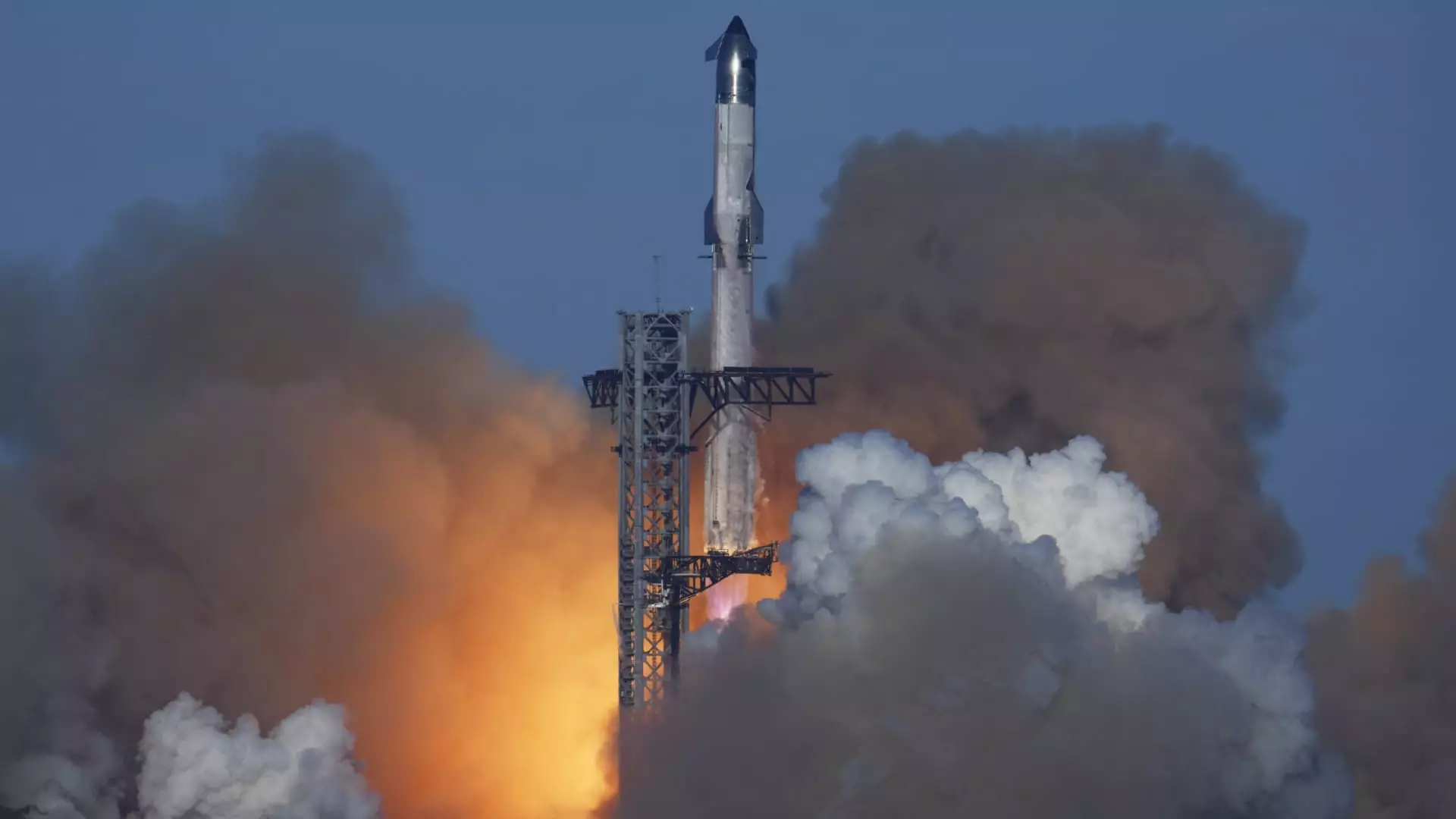The recent grounding of SpaceX’s Starship rocket underscores the critical balance between innovation and safety within the aerospace industry. The Federal Aviation Administration (FAA) announced that all operations related to the Starship will remain halted until a thorough investigation into the vehicle’s latest midflight failure is complete. This decision highlights the FAA’s commitment to regulatory oversight and its role in ensuring that private aerospace endeavors do not compromise public safety. Such incidents serve as a reminder of the potential risks involved in testing cutting-edge space technology.
The fallout from the Starship explosion extended beyond just SpaceX, affecting commercial air travel. The incident forced major airlines, including American Airlines, JetBlue Airways, and Delta Air Lines, to divert and delay numerous flights. This disruption impacts not only the airlines’ operational efficiency but also travelers who may face inconveniences and financial ramifications due to unforeseen changes in their travel plans. This incident illustrates the interconnectedness of various transportation sectors and raises questions regarding the need for comprehensive safety protocols that consider the implications for surrounding air traffic.
Public Safety and Property Damage Concerns
Although the FAA reported no injuries to the public, damage to property was noted on the Turks and Caicos Islands, provoking discussions about the need for stringent safety measures in the vicinity of launch sites. SpaceX’s operations are not confined to isolated areas; they have repercussions for communities and ecosystems nearby. This incident may increase scrutiny on SpaceX’s practices and highlight the extent to which companies must consider the broader impacts of their launch activities. The idea that private companies could potentially harm public interests necessitates robust regulatory frameworks that prioritize environmental and societal consequences.
The activation of a “Debris Response Area” by the FAA after the explosion also sparked controversy regarding the communication and accuracy of information between SpaceX and regulatory bodies. Initially, SpaceX claimed that the debris fell within predetermined hazard areas, which conflicted with the FAA’s statement on the abrupt activation of the debris zone. This discrepancy emphasizes the need for accurate and timely communication, especially in scenarios where public safety is at stake. In high-stakes fields like aerospace, a breakdown in communication can lead to mistrust among stakeholders, including regulatory agencies, companies, and the public.
Future of SpaceX and Regulatory Frameworks
Ultimately, SpaceX’s path forward depends on its ability to collaborate with the FAA to address the findings of the ongoing investigation and to implement necessary corrective measures. Regaining the FAA’s trust will be crucial for SpaceX as it seeks to continue its ambitious plans for space exploration. This case serves as a critical reminder of the necessity for established safety protocols, not only to protect the immediate vicinity of launch sites but also to ensure that the broader impacts on civilians and the environment are adequately managed. Moving forward, the complexities of space exploration demand a synchronized approach between private innovation and regulatory diligence, ensuring that progress is made without compromising safety and public welfare.

